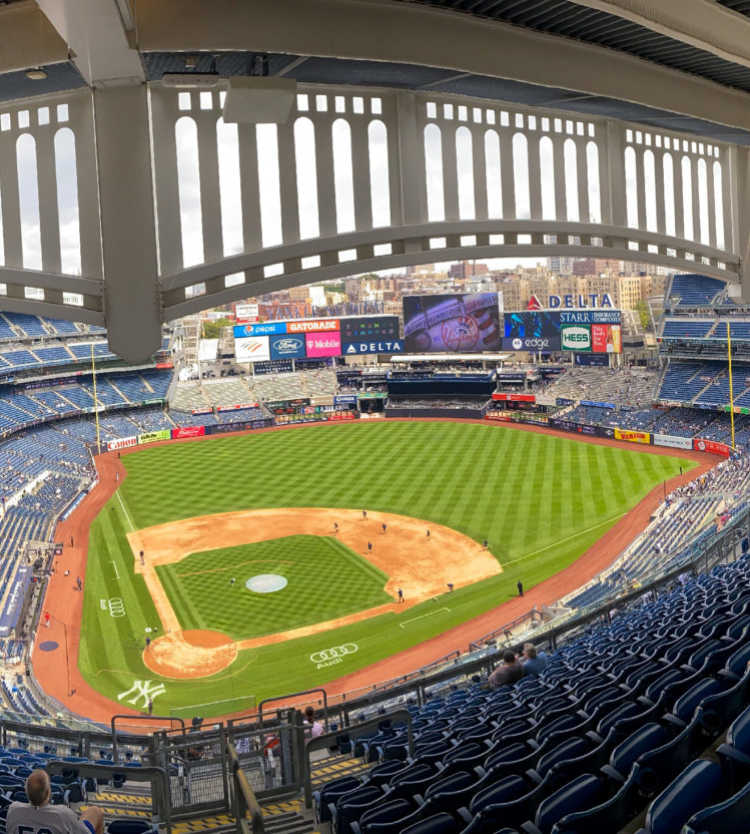About This Episode
What is exit velocity? On this episode, Neil deGrasse Tyson and co-hosts Chuck Nice and Gary O’Reilly explore parabolas, measuring the speed of an object using the Doppler effect, and other physics in baseball.
Is every home run the same? We break down why home runs might be more likely in some stadiums. How fast does the ball have to go to be a home run? We discuss how to measure the speed of the ball as well as calculate it. What launch angle will send a projectile the farthest? Learn why 45 degrees works in a physics textbook but not on the baseball field.
How do you capture the exit velocity of the ball? You’ll learn about how doppler radar cameras work. What’s the slowest pitch possible that will still reach home plate? What’s the best height for a batter? We talk strike zones, hit angle, and bat speed. Could a pitcher throw a ball farther than a batter could hit it? What angle do you want the ball to come off the bat?
In an all-animal Olympics what event would we win? We explore human’s ability to catch moving objects and hand-eye coordination. Is there such a thing as over pursuit? Who makes more spectacular catches: someone who is fast or someone who is slow? All that, plus, we marvel at the natural physicist within all of us.
NOTE: StarTalk+ Patrons can watch or listen to this entire episode commercial-free.
About the prints that flank Neil in this video:
“Black Swan” & “White Swan” limited edition serigraph prints by Coast Salish artist Jane Kwatleematt Marston. For more information about this artist and her work, visit Inuit Gallery of Vancouver.




 Unlock with Patreon
Unlock with Patreon


 Become a Patron
Become a Patron